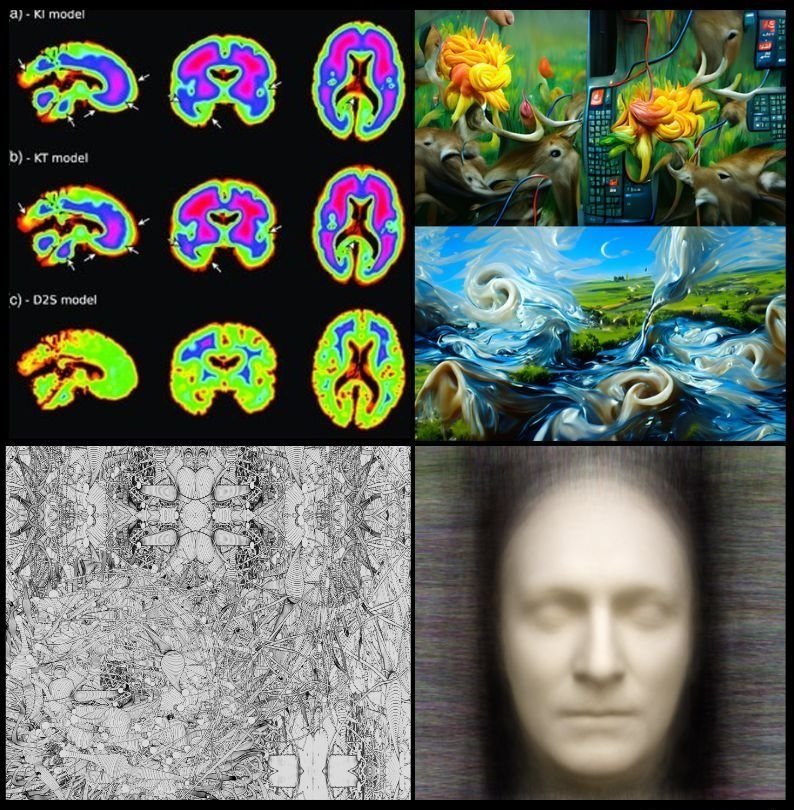Creative Machine
Oxford Symposium 2023
Creative Machine Oxford has been developed by Goldsmiths, University of London, in partnership with Jesus College Oxford. The one-day event is generously supported by the Alan Turing Institute.
Event at the new Cheng Kar Shun Digital Hub, Jesus College, Oxford. Tuesday 30th May 2023
Creative Machine Symposium to be hosted in Oxford for first time.
The Creative Machine Oxford Symposium, is a prestigious showcase of the latest creative applications of artificial intelligence (AI) at the intersection of AI and creativity across the domains of digital art, neuroscience, scientific discovery and music is coming to the University of Oxford for the first time this year.
Creative Machine Oxford has been developed by Goldsmiths, University of London, in partnership with Jesus College Oxford, and will be held in the College’s new Cheng Kar Shun Digital Hub on Tuesday 30 th May 2023. The one-day event is generously supported by the Alan Turing Institute.
Bringing together invited speakers from the worlds of computing, AI, art, robotics, and virtual and augmented reality, the symposium will address topics such as ‘AI and visualisation in scientific discovery’, ‘Can AI be creative?’ and ‘Curating AI and Digital Art’. Across the day there will be a range of talks by leading experts from globally-recognised organisations and institutes, including Spotify, King, The Victoria and Albert Museum, Nuffield Department of Clinical Neuroscience, Wetherall Institute of Molecular Medicine, UCL and Wellcome as well as demonstrations of some of the latest creative AI technologies. Professor Sir Nigel Shadbolt, Jesus College Principal and Professorial Research Fellow in Computer Science at the University of Oxford, will host a keynote panel discussion exploring the impact and implications to society of AI in the 21st century.
Goldsmiths’ first Creative Machine event took place in 2014, and took the form of an art exhibition that explored the intersection between human and machine creativity, asking the question ‘Could a machine replace the human artist, and if not, could the machine be an effective creative partner to the artist?


